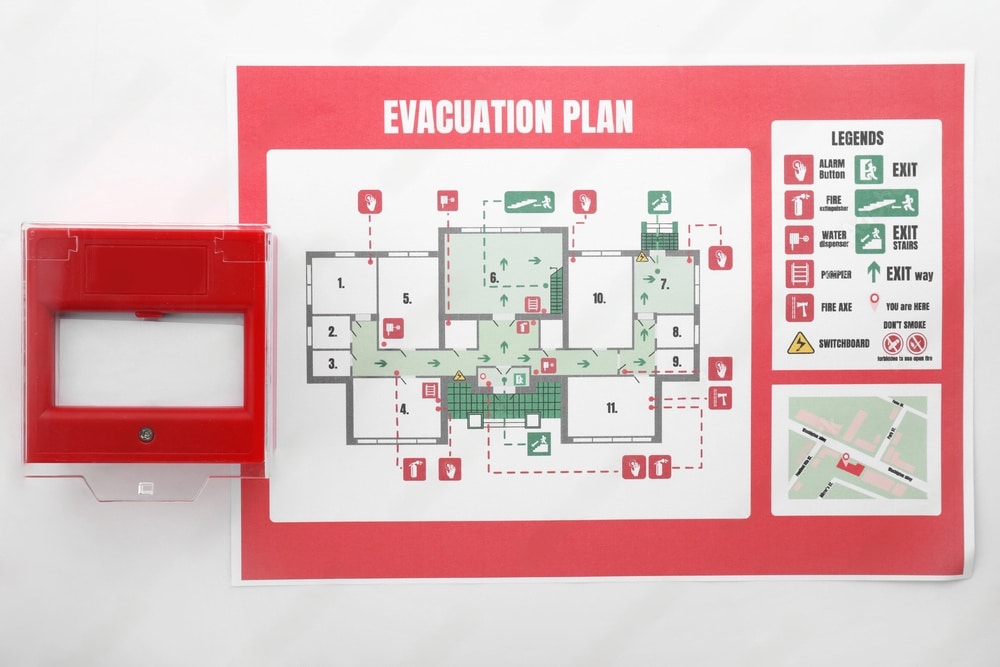
Looking after your strata community takes more than just dealing with daily issues. It’s not uncommon for strata committees to get caught up in the busy nature of their roles, often forgetting to plan ahead for emergencies. While a lot of effort goes into maintaining emergency funds in your capital works fund, you must ensure you are prepared in case of a crisis in your building. Here are some tips for minimising risk and being prepared for anything in your strata community.
Prepare an emergency plan
First and foremost, all strata communities need a comprehensive emergency plan. A good emergency plan should be suitable for all types of situations, whether it be a fire, flooding, structural damage or anything else that might occur in your building.
The significant component of an emergency plan is the evacuation procedure. Meeting points should be a safe distance from the building, and you must have a system in place for getting residents out of the building safely.
When creating your plan, don’t forget to include contingencies for the elderly or mobility-challenged. All residents should have easy access to the emergency and evacuation plan, so you should distribute flyers or signage that everybody can mount in their homes.
Emergency procedure signage
On the topic of signage, a flyer for every resident isn’t enough. Emergency and evacuation procedures should be signposted in all common spaces, ensuring all residents and visitors can follow the procedures easily. In addition, exits should be clearly marked. It’s always a good idea to have more emergency signage than less. Don’t be afraid to add more if you have a feeling that there aren’t enough signs.
Conduct annual drills
You’ll be familiar with the process if you’ve ever been in a workplace or school during a fire drill. But every building has its own evacuation carefully designed evacuation procedure that residents should understand. Drills can be run at any time of the year, but you should conduct them at least once a year.
Notify residents in advance, but don’t provide exact dates and times, as this often leads to residents deliberately not being home. The idea of a drill is to act as though a real emergency is occurring, and as we know, you can’t predict when an emergency occurs.
When planning evacuation drills, mix up the themes a little. Consider a fire drill one year and a flooding evacuation the next. The more practice you have for different scenarios, the safer your residents will be.
Keep emergency supplies on hand
Finally, don’t forget to have a safe supply of emergency supplies such as first aid kits, bottled water, torches, fire extinguishers and more. Keep these in easily accessible areas in the event of an emergency and protect your residents in case immediate evacuation isn’t possible.
Need help with strata management?
From preparing your residents for an emergency to handling strata finances, More Than Strata is your trusted strata management partner. We take the burden away from strata committees, providing a comprehensive management service that meets your needs. With experienced strata managers always available to assist, we’re the team to call when you need better strata management. Contact us today to find out how we can help.
Disclaimer: The information provided herein is intended for general informational purposes only. It is important to note that the existence and implementation of emergency evacuation plans in apartment buildings may vary by location, jurisdiction, and building management policies. While it is generally not mandatory for apartment buildings to have an emergency evacuation plan in all regions, it is advisable and considered a useful safety feature for the protection of residents and occupants in the event of unforeseen emergencies, such as fires, natural disasters, or other life-threatening situations.





